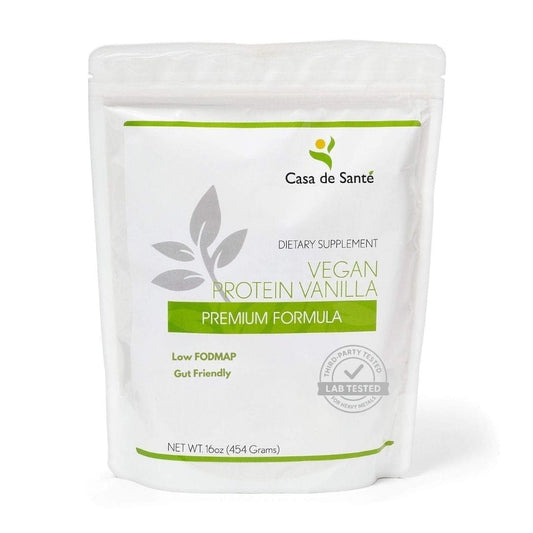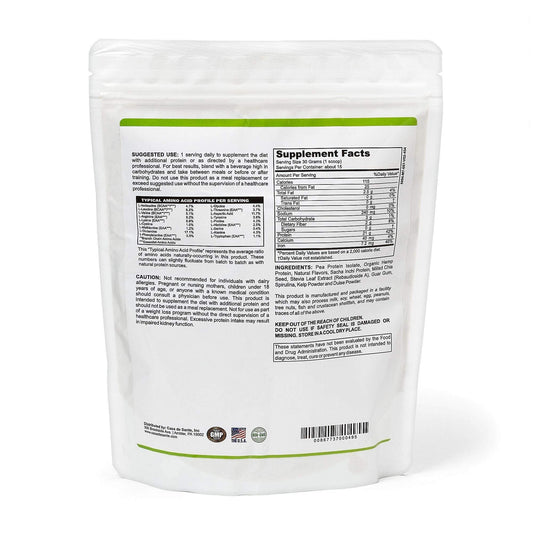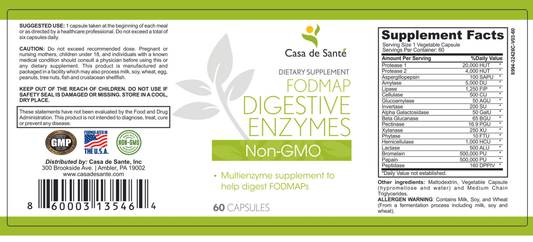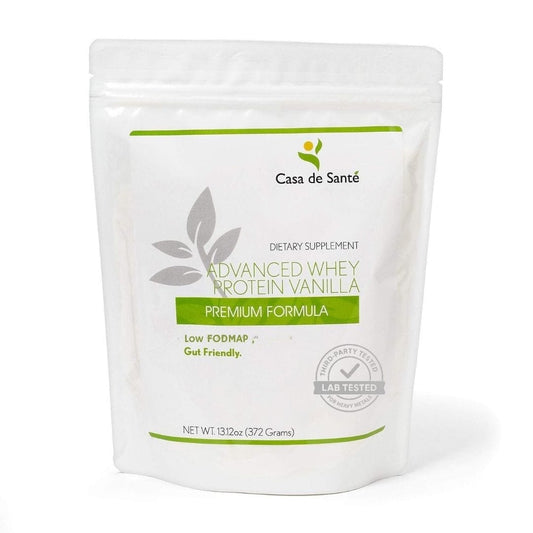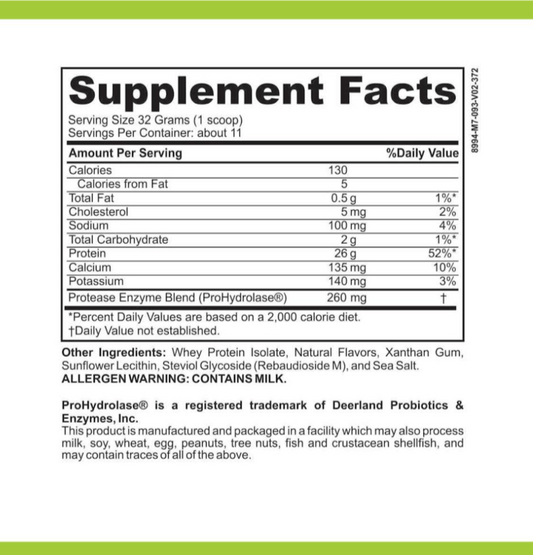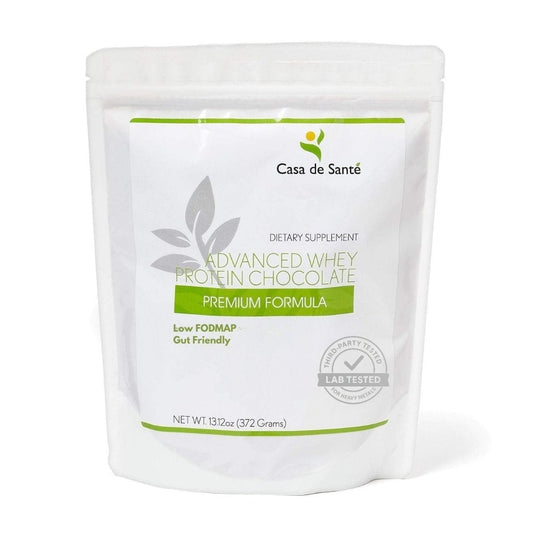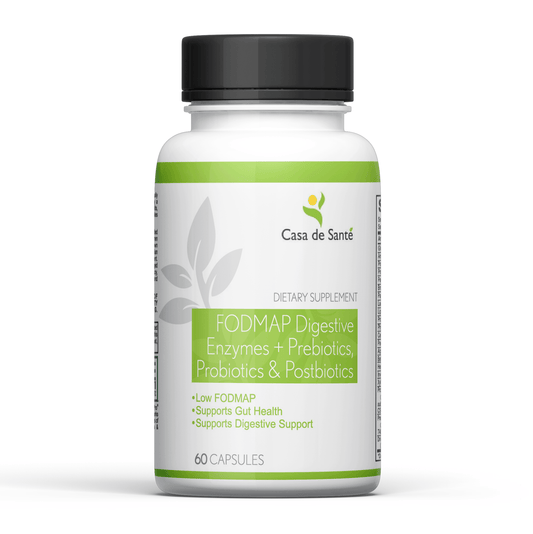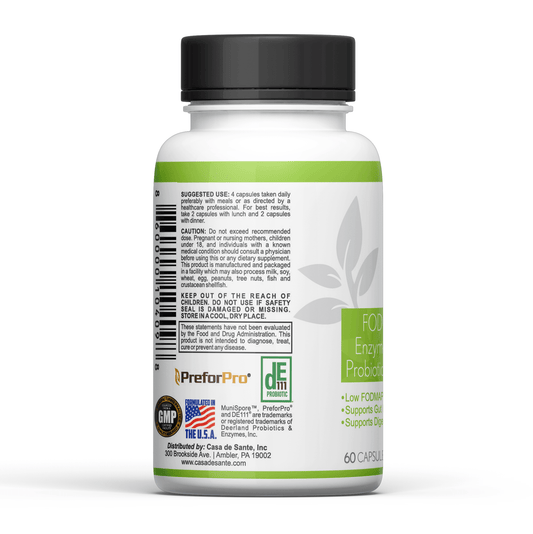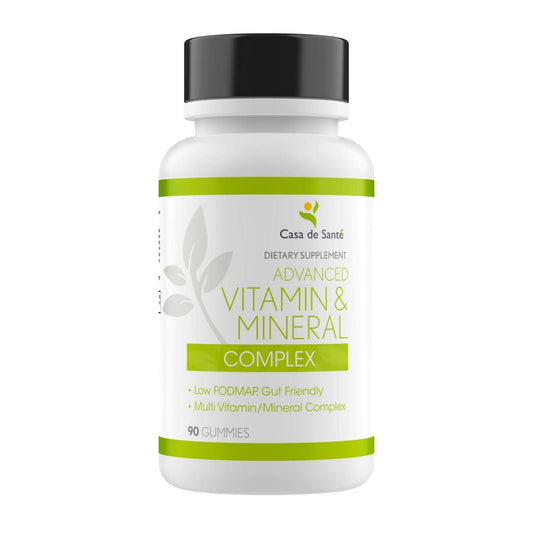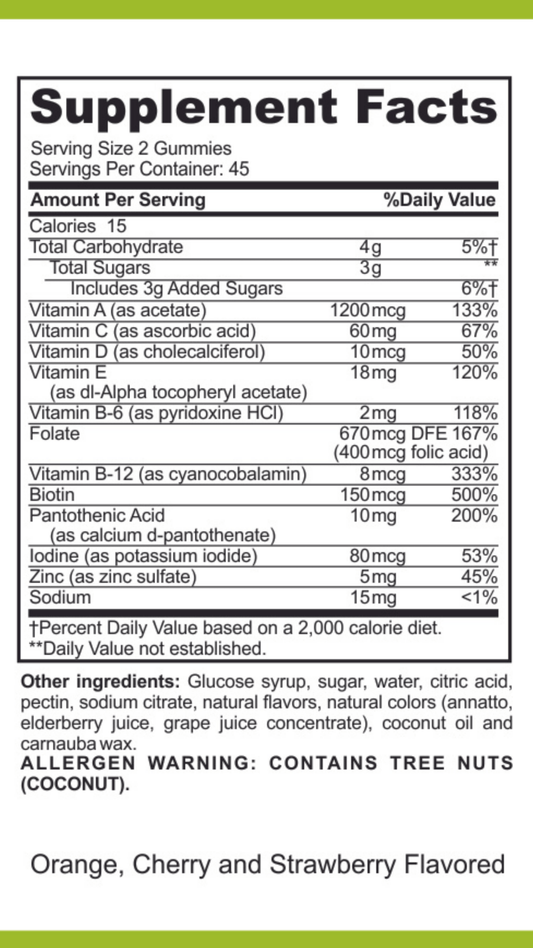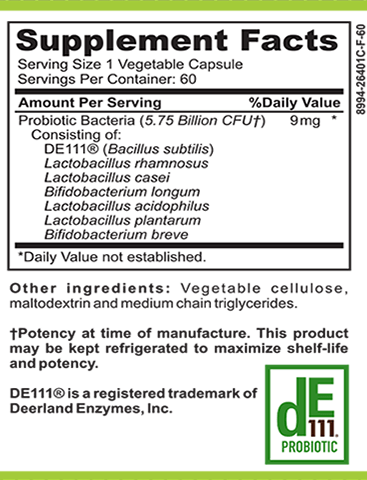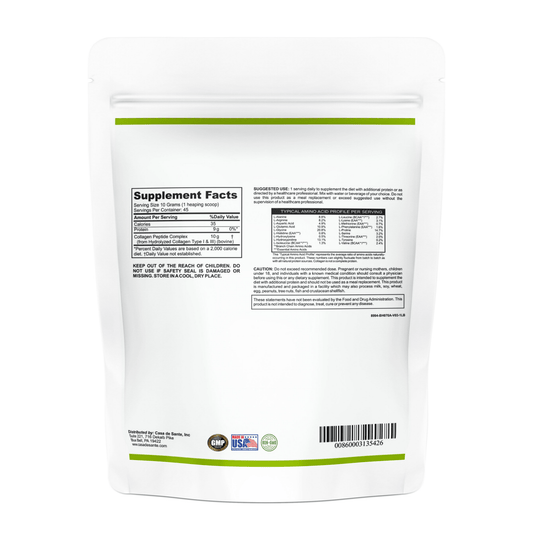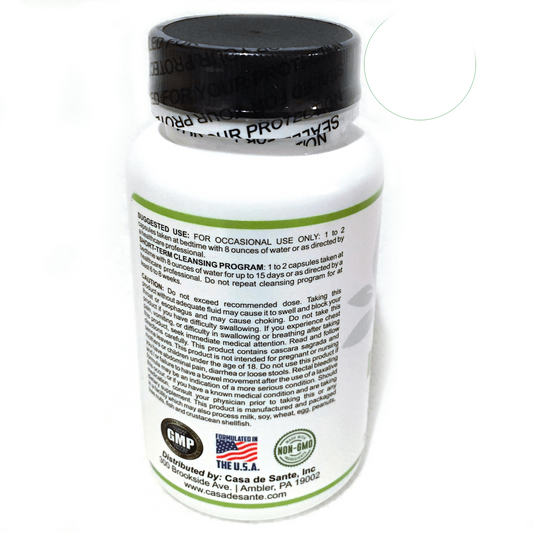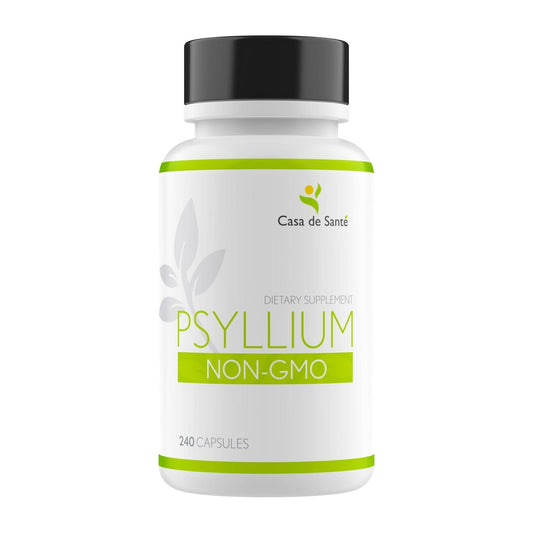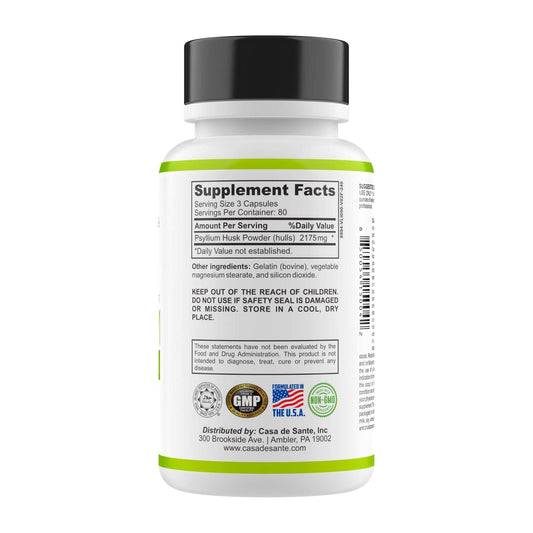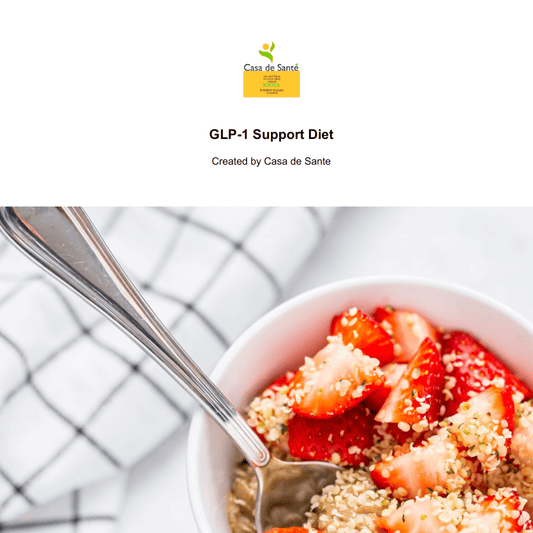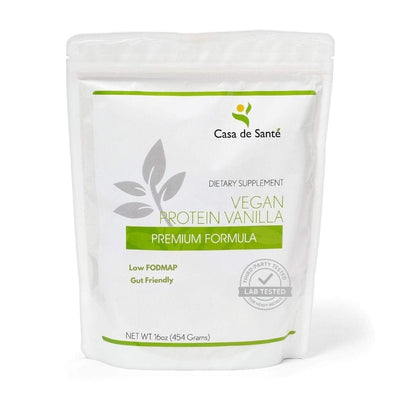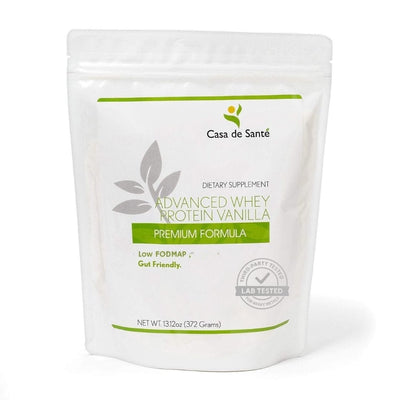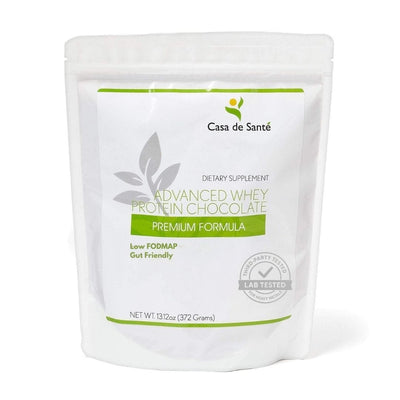Banana Flour Vs Barley Flour
Banana Flour Vs Barley Flour
In the world of alternative flours, banana flour and barley flour have gained popularity for their unique characteristics and potential health benefits. Whether you're a health-conscious consumer looking for gluten-free options or simply curious about different flour alternatives, this article will delve into the nuances of banana flour and barley flour. By understanding their nutritional profiles, health benefits, taste and texture, culinary uses, digestibility, environmental impact, shelf life and storage, availability and cost, allergenic potential, cultural significance, and even conducting a recipe showdown, you'll gain comprehensive knowledge on these two flours. So sit back, relax, and let's explore the fascinating world of banana flour and barley flour.
Introduction: Understanding the Basics of Banana Flour and Barley Flour
Banana flour and barley flour are both unique alternatives to traditional wheat flour. Banana flour is derived from green bananas, which are harvested before they fully ripen. The bananas are peeled, dried, and ground into a fine powder. On the other hand, barley flour is made from ground barley grains. It offers a distinct taste and texture that sets it apart from other flours. Both flours can be used as substitutes in various recipes, but they have their own particular properties that make them stand out. Throughout this article, we will compare and contrast these flours, examining their nutritional profiles, health benefits, culinary uses, and so much more.
One of the key differences between banana flour and barley flour is their nutritional profiles. Banana flour is rich in resistant starch, which is a type of dietary fiber that has been linked to various health benefits. It can help regulate blood sugar levels, improve digestion, and promote a feeling of fullness. On the other hand, barley flour is high in fiber and contains important minerals such as manganese, selenium, and phosphorus. It also provides a good source of B vitamins, which are essential for energy production and brain function.
In terms of culinary uses, banana flour is often used as a gluten-free alternative in baking. It can be used to make bread, pancakes, muffins, and other baked goods. It adds a subtle banana flavor and a moist texture to the final product. Barley flour, on the other hand, is commonly used in making bread, pasta, and porridge. It has a nutty flavor and a slightly chewy texture, which adds depth to dishes. It can also be used as a thickening agent in soups and stews.
Nutritional Profile: A Comparison of Banana Flour and Barley Flour
When it comes to the nutritional content of banana flour and barley flour, there are some notable differences. Banana flour is renowned for its high levels of resistant starch, a type of dietary fiber that acts as a prebiotic in our digestive system. It also contains essential vitamins such as vitamin C and B vitamins. Barley flour, on the other hand, is packed with dietary fiber and offers a good source of protein. It is also rich in minerals like magnesium, selenium, and manganese. These distinct nutrient profiles make both flours unique, catering to different nutritional needs and preferences.
Health Benefits: Exploring the Unique Advantages of Banana Flour and Barley Flour
Beyond their nutritional content, banana flour and barley flour offer various health benefits. Banana flour is known for its potential positive impact on digestion and gut health due to its high resistant starch content. It may also help regulate blood sugar levels and promote feelings of fullness. On the other hand, barley flour has been associated with heart health benefits, thanks to its fiber content and potential cholesterol-lowering effects. Additionally, the presence of antioxidants in barley flour may contribute to its potential anti-inflammatory properties. By incorporating these flours into your diet, you can harness their respective health advantages.
Taste and Texture: Examining the Differences in Flavor and Consistency between Banana Flour and Barley Flour
When it comes to taste and texture, banana flour and barley flour differ significantly. Banana flour possesses a mild, slightly sweet flavor, reminiscent of bananas. It adds a subtle hint of fruitiness to dishes. On the other hand, barley flour has a more nutty and earthy taste, which adds depth to various recipes. In terms of consistency, banana flour tends to be fine and powdery, while barley flour has a coarser texture due to its whole grain nature. These differences in taste and texture make them suitable for different culinary applications and add unique dimensions to the dishes they are used in.
Gluten-Free Options: Discovering Which Flour is Suitable for Individuals with Gluten Sensitivity or Celiac Disease
One of the significant advantages of both banana flour and barley flour is their suitability for individuals with gluten sensitivity or celiac disease. Banana flour is naturally gluten-free, making it an excellent alternative for those who need to avoid gluten. Its versatility allows it to be used in gluten-free baking and cooking, providing a safe option for those with specific dietary restrictions. On the other hand, barley flour contains gluten and is not suitable for individuals with gluten-related disorders. However, it can still be enjoyed by those without gluten sensitivity as part of a varied diet.
Culinary Uses: Exploring the Versatility of Banana Flour and Barley Flour in Various Recipes
Both banana flour and barley flour offer a myriad of possibilities in the world of culinary creations. Banana flour can be used in an array of baked goods, such as bread, muffins, and pancakes, adding a unique twist to conventional recipes. It also works well as a thickening agent in soups, stews, and sauces. Barley flour shines in savory dishes like homemade pasta, bread, and crackers, thanks to its distinctive taste and texture. It can also be used as a binder in vegetarian or vegan recipes. The versatility of these flours opens up a whole new world of flavors and textures in the kitchen.
Digestibility: Analyzing the Digestive Properties of Banana Flour and Barley Flour
Understanding the digestibility of different flours is essential for those with sensitive stomachs or digestive issues. Banana flour, with its high resistant starch content, undergoes a fermentation process in the gut that contributes to improved digestibility and potentially enhances nutrient absorption. It can be gentle on the stomach and may even help alleviate digestive discomfort. Barley flour, with its high fiber content, aids in promoting regular bowel movements and maintaining a healthy digestive system. By incorporating these flours into your diet, you can support a healthy gut and enhance overall digestive well-being.
Environmental Impact: Assessing the Sustainability Factors of Banana Flour versus Barley Flour Production
Considering the environmental impact of food production is crucial in our quest for sustainable living. Banana flour production can be relatively environmentally friendly since it utilizes underripe bananas that would otherwise go to waste. This minimizes food waste and maximizes resource usage. On the other hand, barley flour production requires the cultivation of barley grains, which can contribute to water consumption and pesticide use. However, when grown sustainably and organically, barley can be an environmentally conscious choice. It's essential to consider the sourcing and cultivation methods when evaluating the environmental impact of these flours.
Shelf Life and Storage: Understanding the Longevity and Proper Storage Methods for Banana Flour and Barley Flour
Proper storage is crucial to extend the shelf life of any food product, including banana flour and barley flour. Banana flour, if stored in an airtight container in a cool, dark place, can maintain its quality for up to a year. It's essential to protect it from moisture and heat to prevent spoilage. Barley flour also benefits from similar storage conditions, remaining fresh for several months when stored properly. Ensuring that both flours are stored correctly preserves their nutritional content and prevents rancidity, allowing you to enjoy them for an extended period.
Availability and Cost: Comparing the Accessibility and Affordability of Banana Flour versus Barley Flour
The availability and cost of banana flour and barley flour may vary depending on your geographical location and market demand. Banana flour can be found in specialty food stores, health food stores, or online retailers that cater to alternative ingredients. The price may be slightly higher than conventional flours due to its production process and sourcing. Barley flour, on the other hand, is relatively more accessible and can often be found in conventional grocery stores or bulk food sections. Its cost may also be more affordable compared to specialty flours. It's essential to consider these factors when deciding which flour to incorporate into your diet.
Cooking Tips: Expert Advice on How to Incorporate Banana Flour and Barley Flour into Your Cooking Routine
Experimenting with new flours can be exciting, but it's helpful to have some guidance on how to use them effectively. When using banana flour in recipes, it's important to note that its absorbent nature may require additional moisture. Consider adding extra liquid or increasing the amount of fat in the recipe to maintain the desired consistency. Barley flour, with its unique taste, pairs well with savory dishes and can be used as a thickener in soups. Combining barley flour with other gluten-free flours can also improve the texture and result in more successful baking outcomes. Embrace the versatility of these flours and let your culinary creativity flourish.
Allergenic Potential: Identifying Potential Allergens in Banana Flour and Barley Flour for Allergy-Prone Individuals
While banana flour and barley flour are generally well-tolerated, it's essential to be aware of potential allergens. Banana flour is not known to be highly allergenic, but individuals with latex allergies may experience cross-reactivity and should exercise caution. As for barley flour, it contains gluten, making it unsuitable for individuals with celiac disease or gluten sensitivity. Allergies to barley itself are relatively rare but can occur. Always read labels carefully, and if you have known allergies or sensitivities, consult with a healthcare professional before incorporating these flours into your diet.
Cultural Significance: Uncovering the Historical Use of Banana Flour versus Barley Flour in Different Cultures
Food plays an essential role in various cultures, and the historical use of banana flour and barley flour can offer fascinating insights. Banana flour has a rich history in tropical regions, where bananas have been consumed and utilized in diverse ways for centuries. In many cultures, bananas hold cultural and symbolic significance, making banana flour a part of traditional recipes and rituals. Barley flour, on the other hand, has a long history in regions with cooler climates, such as Europe. It has been a staple in traditional dishes like bread, porridge, and beer. Exploring the cultural significance of these flours adds depth to our culinary understanding and appreciation.
Recipe Showdown: Testing Popular Recipes Using Both Banana Flour and Barley Flour to Determine the Preferred Choice
Finally, what better way to make your decision than by putting banana flour and barley flour to the test? We have curated a collection of popular recipes that highlight the unique qualities of these flours. From delicious banana flour pancakes to hearty barley flour bread, we will explore and compare the results of using these flours in different culinary creations. By uncovering the preferred choice in each recipe, you can gain firsthand experience and make an informed decision on which flour suits your taste buds and dietary needs best.
By thoroughly examining the nutritional profiles, health benefits, taste and texture, culinary uses, digestibility, environmental impact, shelf life and storage, availability and cost, allergenic potential, cultural significance, and even conducting a recipe showdown, we have covered all the essential aspects of banana flour and barley flour. These alternative flours offer unique qualities and can open up a world of possibilities in your kitchen. Incorporate them into your culinary repertoire, experiment with different recipes, and expand your palate with the delightful flavors of banana flour and barley flour.

